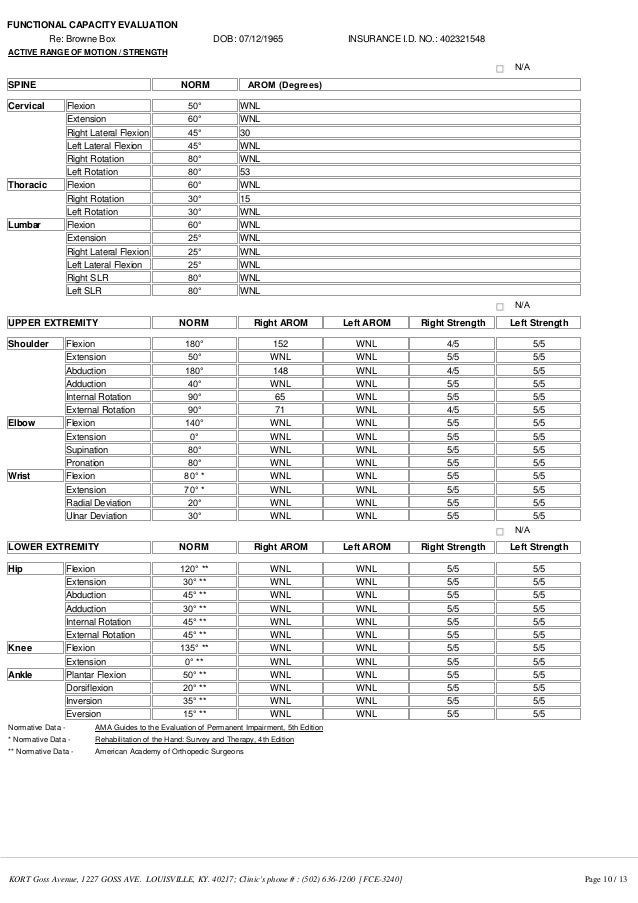Ama Guides 5th Edition Upper Extremity
Effective May 1, 2009, OWCP began using the Sixth Edition of the AMA Guides. This edition is significantly different from previous editions. There are extensive changes affecting the calculations of schedule awards for FECA claimants.
The Sixth Edition of the AMA Guides consists of seventeen chapters, one less than the Fifth Edition. Two cardiovascular chapters in the Fifth Edition are consolidated into one chapter in the Sixth. The most significant adjustment from previous editions involves the rating of permanent impairment based on a specific diagnosis rather than the extremity or organ system.

In previous editions, an impairment rating may have included multiple diagnoses within an organ or extremity. Under the Sixth Edition, most ratings will consider only the diagnosis with the most impact on the rated bodily region. In the Fifth Edition of the Guides’ impairment ratings relied heavily on loss of range of motion and strength in comparison to a paired extremity. The Sixth Edition only incorporates these findings as they relate to the specific diagnosis evaluated.

The AMA claims that the Sixth Edition optimizes rater reliability through simplicity, ease of application, and following precedent. In addition, the AMA claims that rating percentages are functionally based to the fullest extent possible. Musculoskeletal regions in the Sixth Edition of the Guides consist of the upper extremities, lower extremities, and the spine and pelvis. The upper extremity is divided into four separate regions, including fingers, hand, wrist, elbow, and shoulder. The lower extremity is divided into three regions consisting of foot and ankle, knee, and hip.
The spine and pelvis is divided into four areas, which are the neck or cervical, mid-back or thoracic, lower back or lumbar regions and the pelvis. The upper and lower extremities medical conditions are considered as either soft tissue; muscle and tendon; ligament; or bone and joint type injuries. The clinical findings must indicate that the medical condition is stabilized for the claimant to have reached MMI. The Guides define MMI as “a status where patients are as good as they are going to be from the medical and surgical treatment available to them.” As with the Fifth Edition, the Sixth Edition allows for a maximum 3% impairment rating for non-specific pain that cannot be attributed to a condition addressed elsewhere in the Guides.
The Guides stipulate only permanent impairment may be rated and only after the claimant has reached a point of “maximum medical improvement” (MMI). Impairment should not be rated permanent until sufficient time has passed for healing and recovery, which may vary substantially depending on the condition and the claimant’s profile. Optimal rating time following surgical intervention is between nine months and 2 years. In cases where a person chooses not to have surgery or other restorative treatment, an MMI determination may still be reached. The evaluating physician should make a written note in the report discussing the appropriateness of the prescribed treatment and the reason why his patient chooses not to proceed with his recommendation. The physician should also indicate that the individual is at MMI in lieu of additional treatment.
Ama Guides Upper Extremity Tables 5th Edition
Claimants not at MMI, but with potential for future progression of their disease, can be rated for permanent impairment on the current findings; MMI does not preclude the worsening of a condition that is expected with the passage of time or due to the aging process. Please Note: Parts of the information above is taken verbatim from the FECA. For more detailed information, refer to the Federal Employees Compensation Act Procedure Manual Pt-3, Chapter 3-0700. This Information May be Copied/Used by All Persons without a Monetary Request.